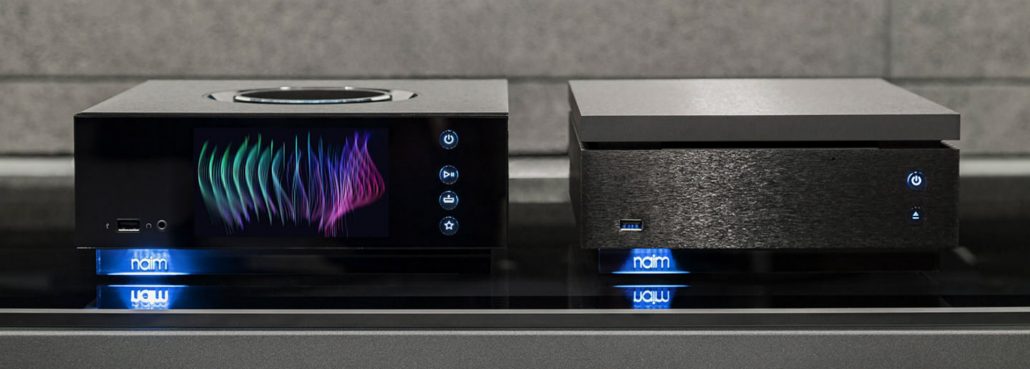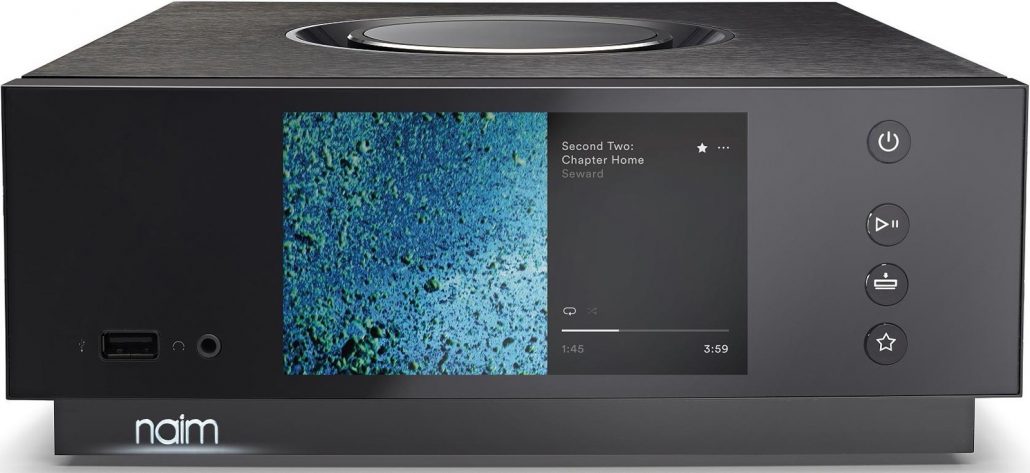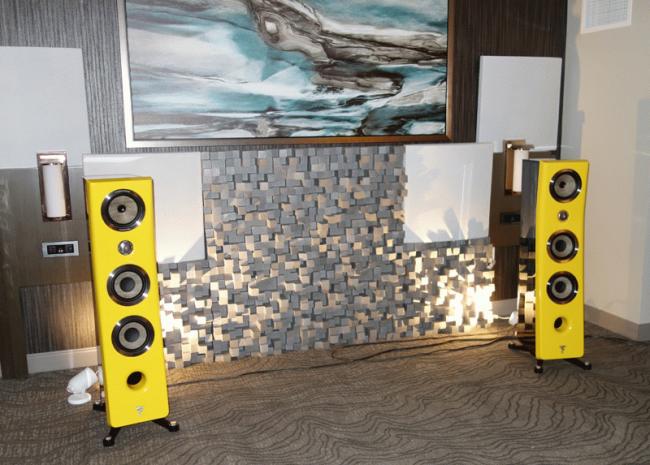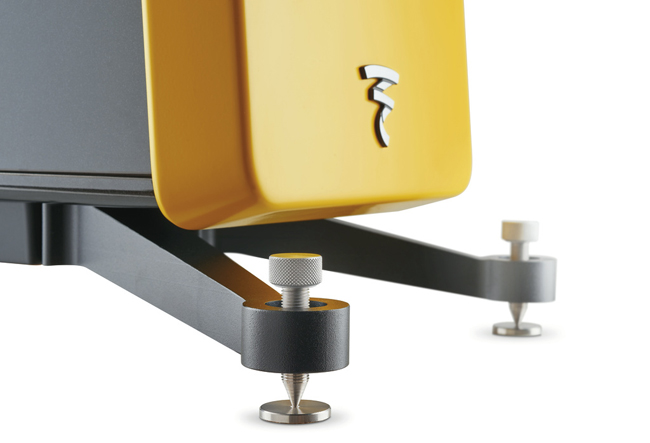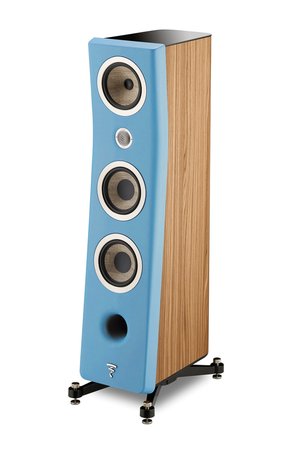The Evolution of Sound
The Evolution of Sound
Sound is an art, and the award wining Focal Utopia headphones are a masterpiece. The audio industry has come a long way since Edison’s first sound recording machine in 1877. The journey to today’s near perfect audio has involved hundreds of innovations and revolutions in technology. After 35 years of development and manufacturing of high-end speaker drivers and loudspeakers, Focal is considered one of the best high-fidelity loudspeakers in the world. Their award wining Utopia headphones are beyond deserving with hundreds of gleaming reviews online. The headphones have been quoted as “the world’s best headphones” by Innerfidelity. Lucky for you, The Audio Guy is your proud dealer in the greater Dallas Fort Worth area!
The Acoustic Era 1877-1925
Throughout the 1870s and 80s, the world saw various loudspeaker-like devices. Stethoscopes were one of the earliest in-ear devices and they were invented for listening to a patient’s heartbeat and lungs. Most notably, the first headphones were actually part of Alexander Graham Bell’s telephone and they were used by telephone operators. In 1906 Lee DeForest invented the Audion, the first device capable of amplifying an electrical signal. It was the first triode, consisting of an evacuated glass tube containing three electrodes: a heated filament, a grid, and a plate.
The Electrical Era 1925-1945
The film industry and motion pictures during the 1950’s were a primary driver for improving and refining sound. After the invention of the electric guitar, the need for greater amplification increased. Then the 1960’s came and things got loud. With the birth of rock ’n’ roll and its rapidly growing popularity came the first large rock music festival, Monterey International Pop Festival.
The Magnetic Era 1945-1975
In the magnetic era, the ability to effect sound shape and quality was next on the agenda now that amplification was tackled. With the use of magnetic tape, audio engineers were able to record audio in multiple segments and still get the audio to line up. This technology lent itself to The Beatles, and The Beach Boys whose creativity led to various audio engineering techniques and tricks of the trade. Magnetic tape led to the advent of multitrack analog recording and audio which begat stereo sound. Stereo sound, or “stereo image is the quality and realism of the soundstage created by the left and right loudspeakers in a listening system.” Recording on magnetic tape still persists today.
The Digital Era 1975-Present
The digital era of sound was Pioneered by Philips, formerly one of the largest electronics companies in the world. Recording companies found that optical reflective videodisc could store up to 60 minutes of video and sound. Sony, who had independently create their own prototype optical disk, and Philips worked together to create the standard compact disc, the CD. This marked the beginning of the switch from analog recording to the digital recording we use today. Initially, CD players were $2000 and the target market was a classical music fan base. As a result more users preferred the clear crisp sound and higher fidelity. The price decreased and as demand rose CD’s took over sales above vinyl and eventually cassette tapes. Eventually, with the internet, users were able to digitally compress and store their own music. As technology continues to improve, music lovers everywhere are finding different ways and platforms for sharing and listening to music.

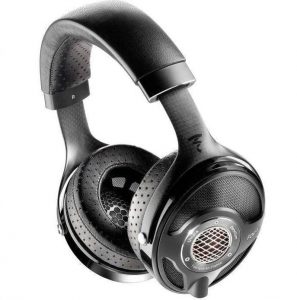
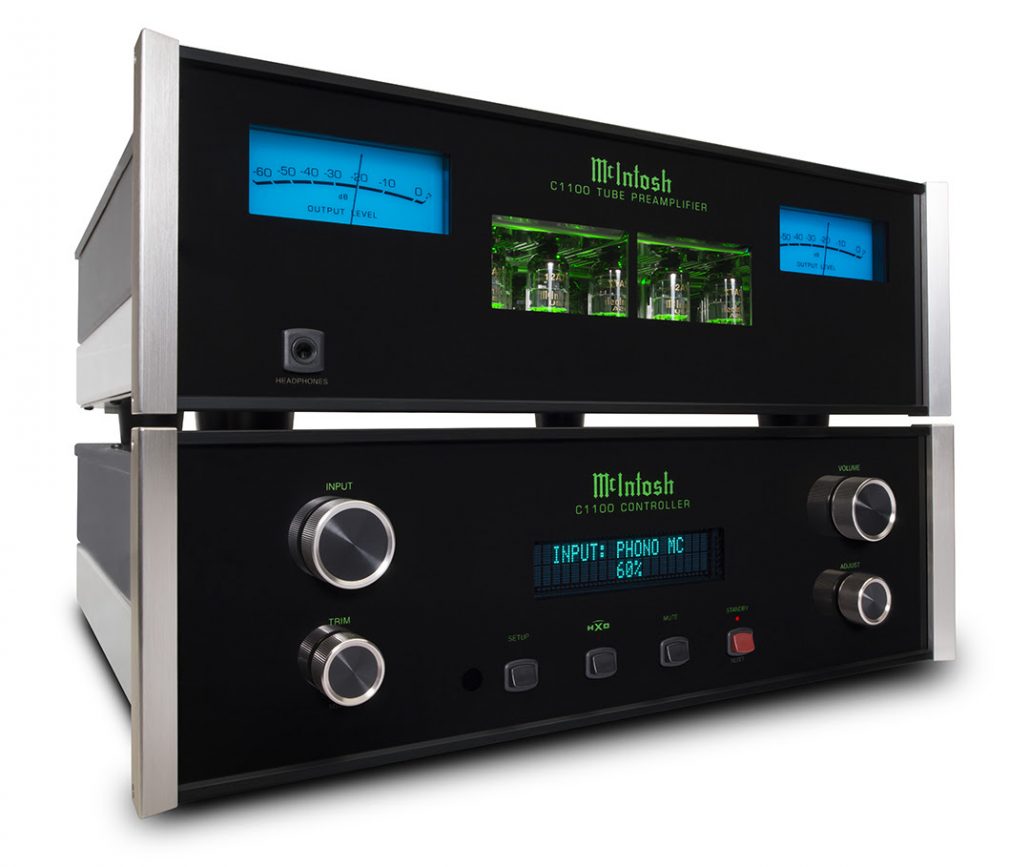




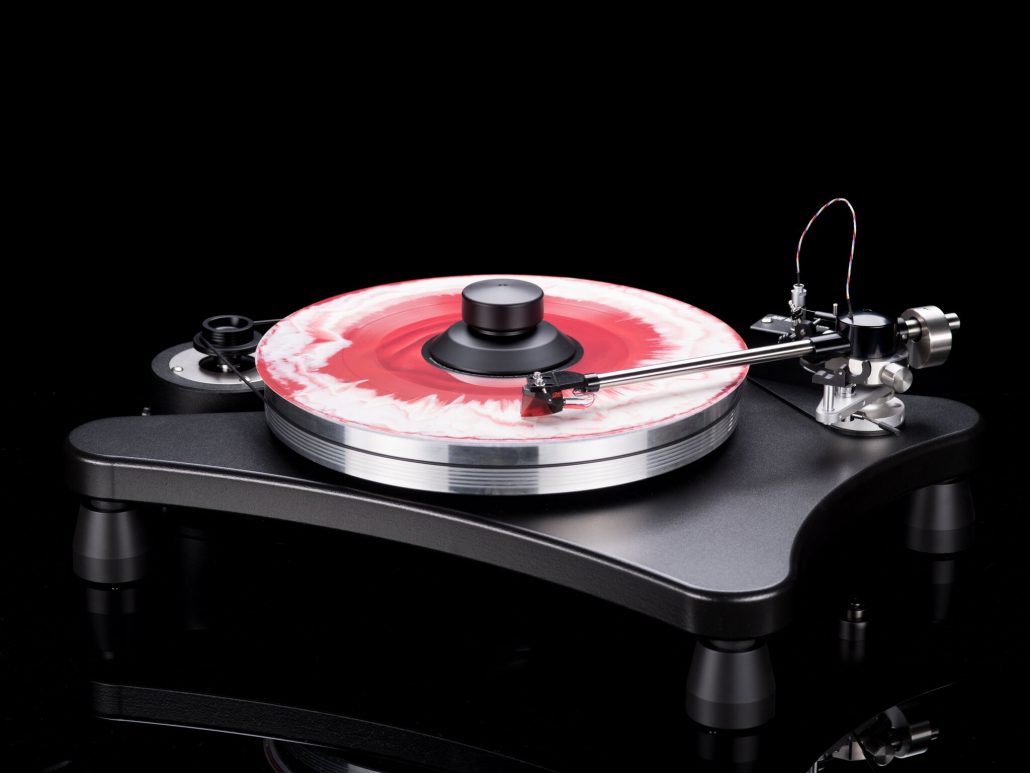
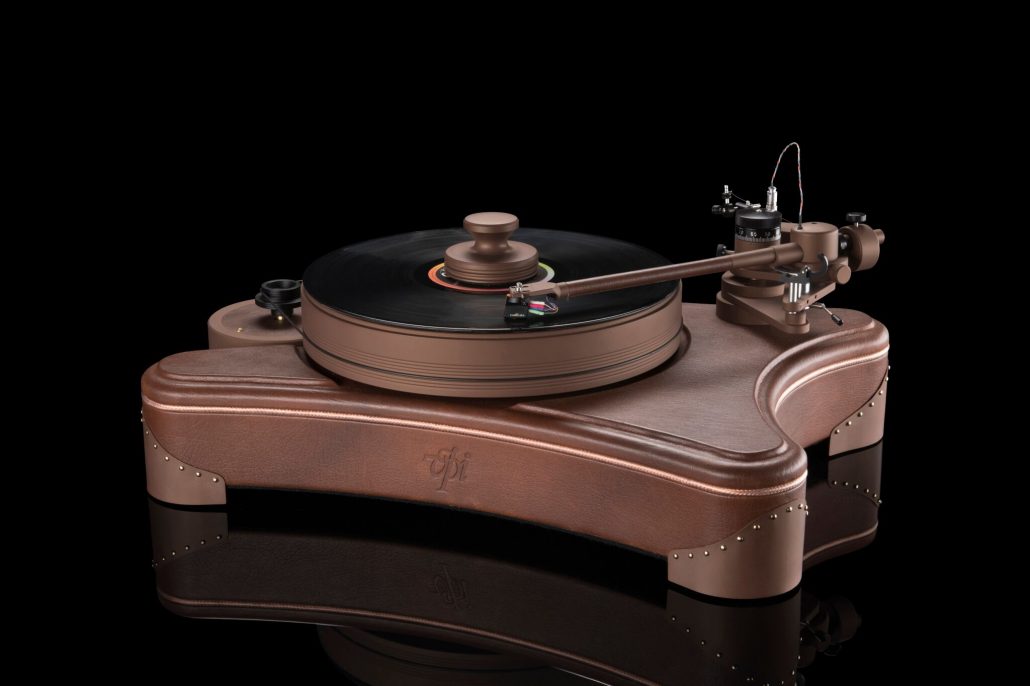
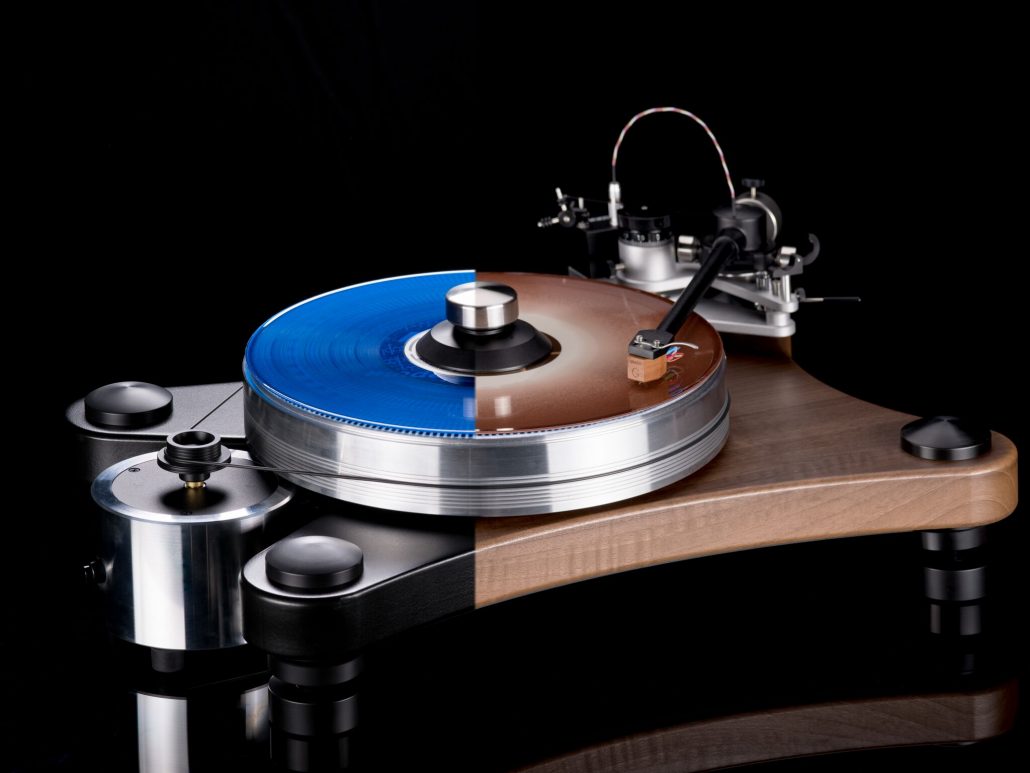
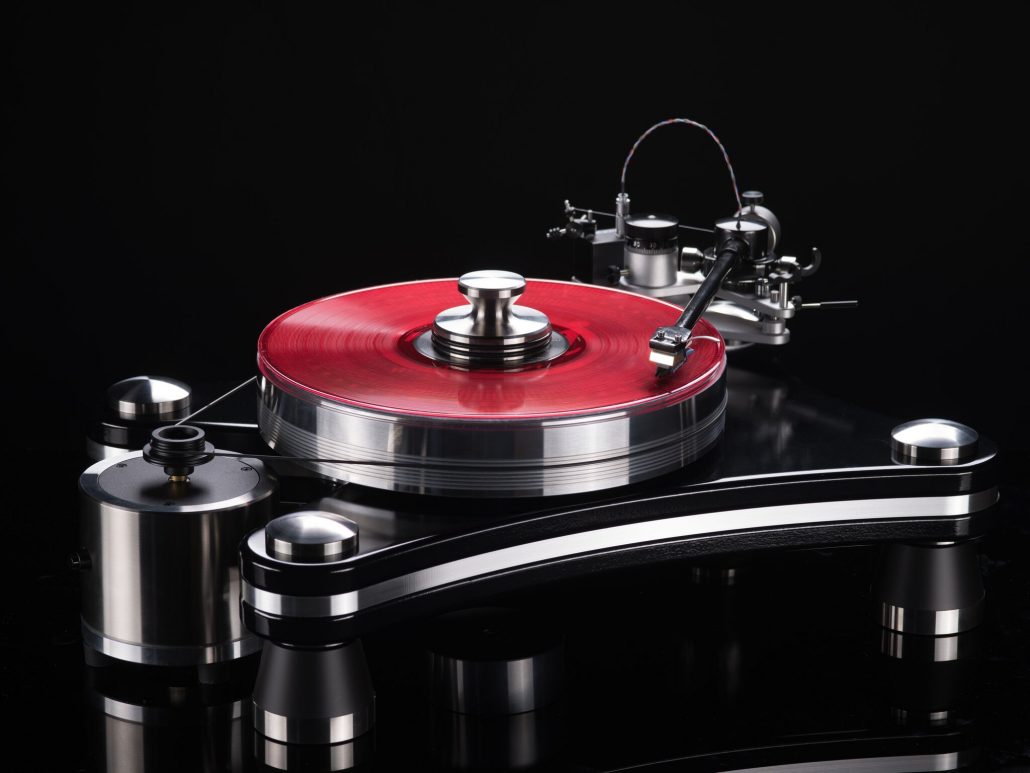
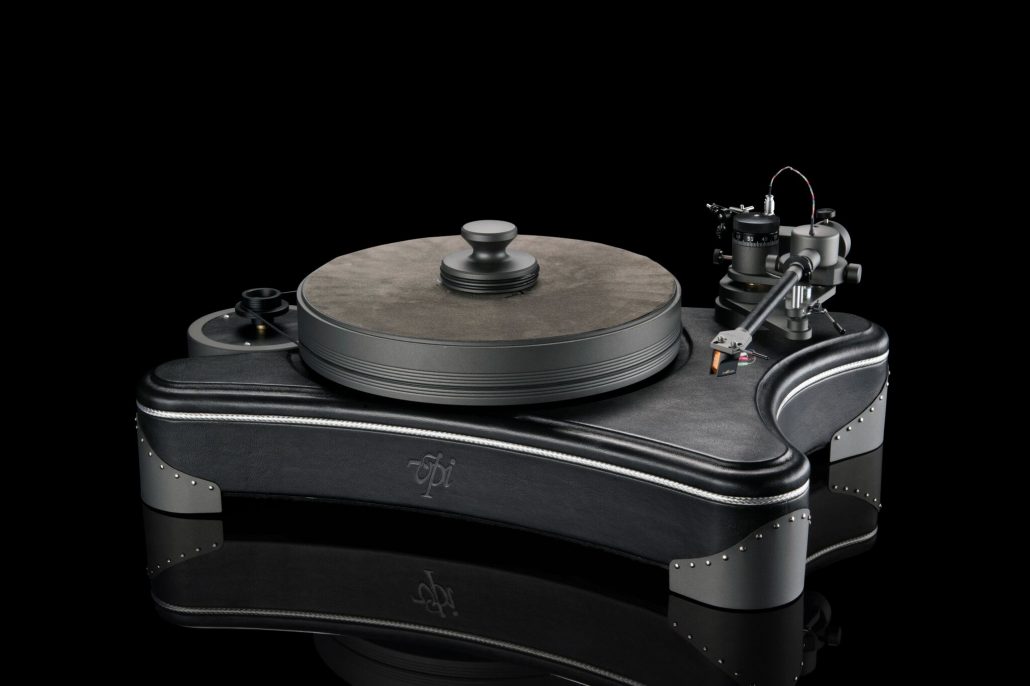
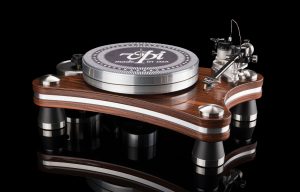
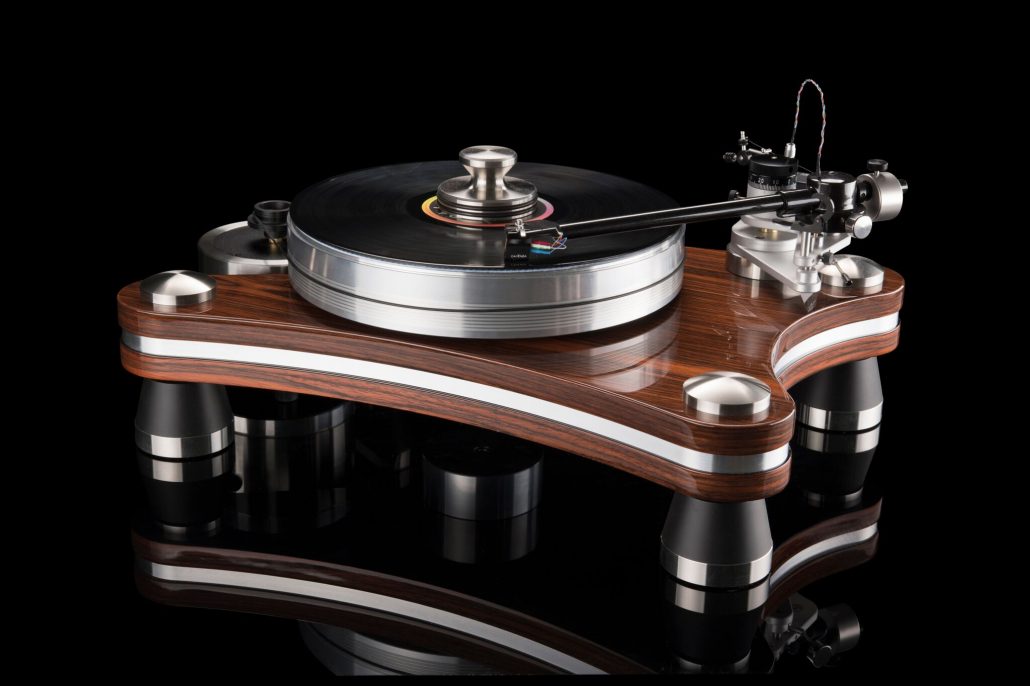
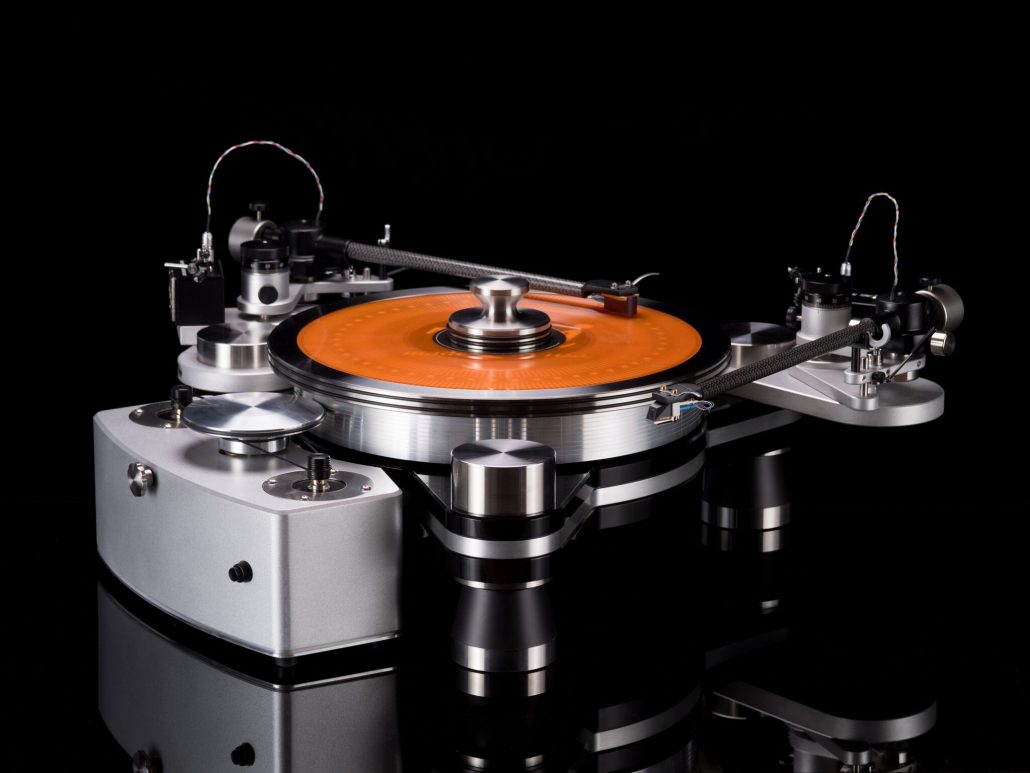
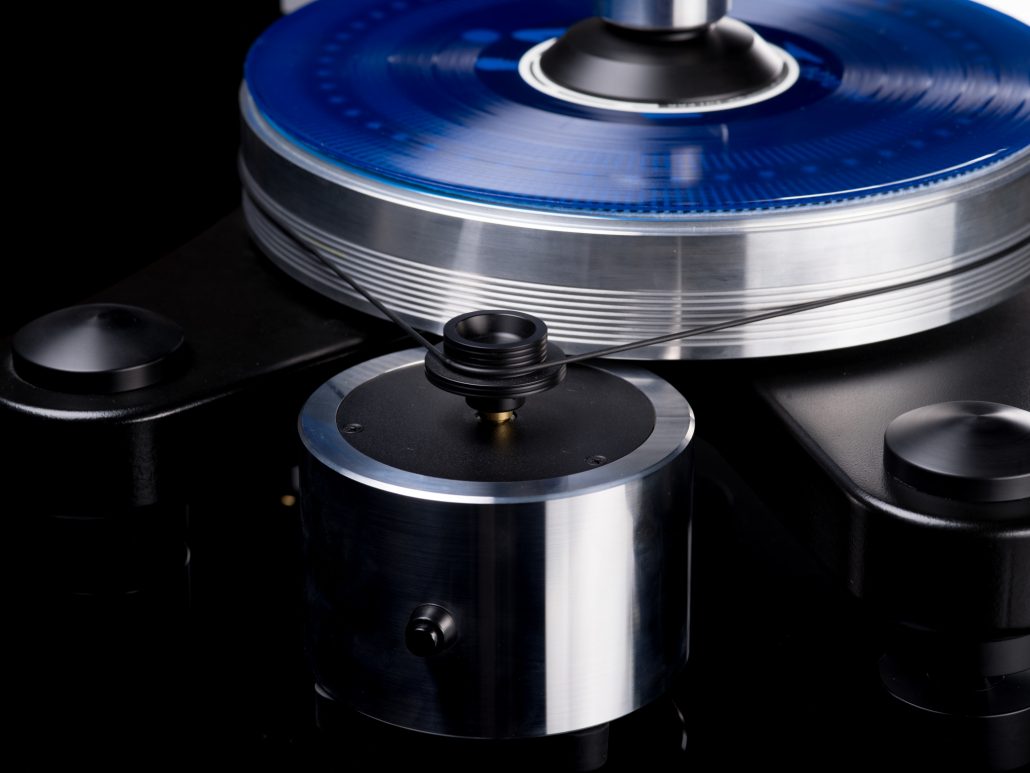

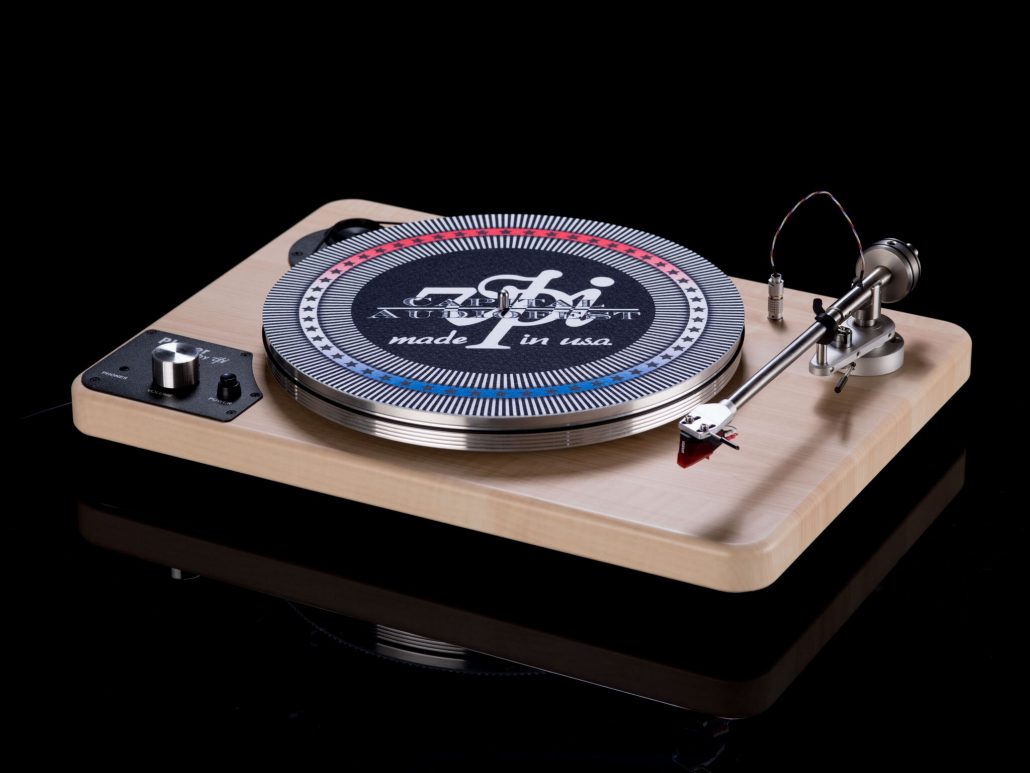
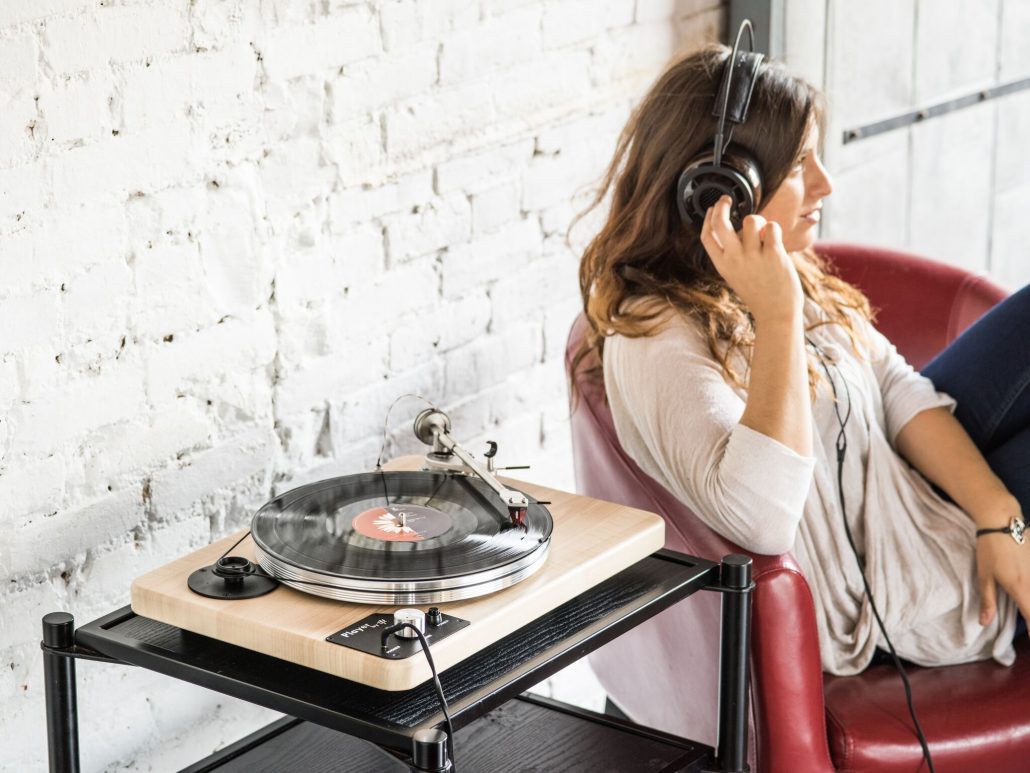
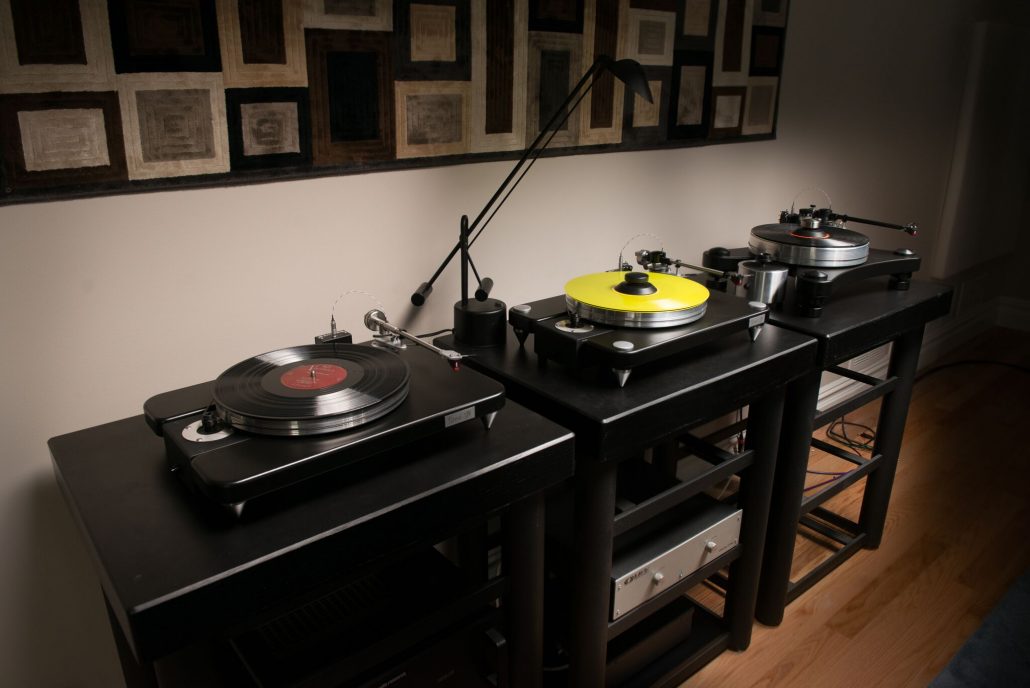
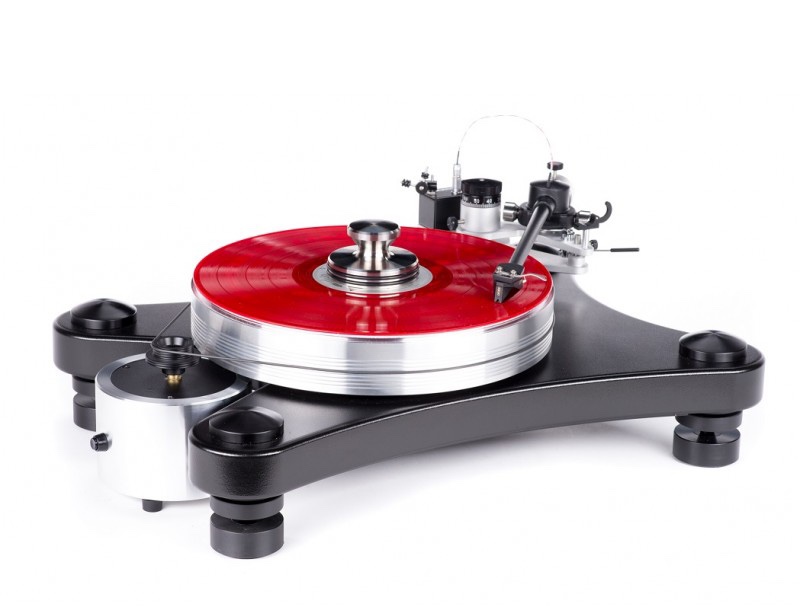 MODERN TURNTABLES
MODERN TURNTABLES
